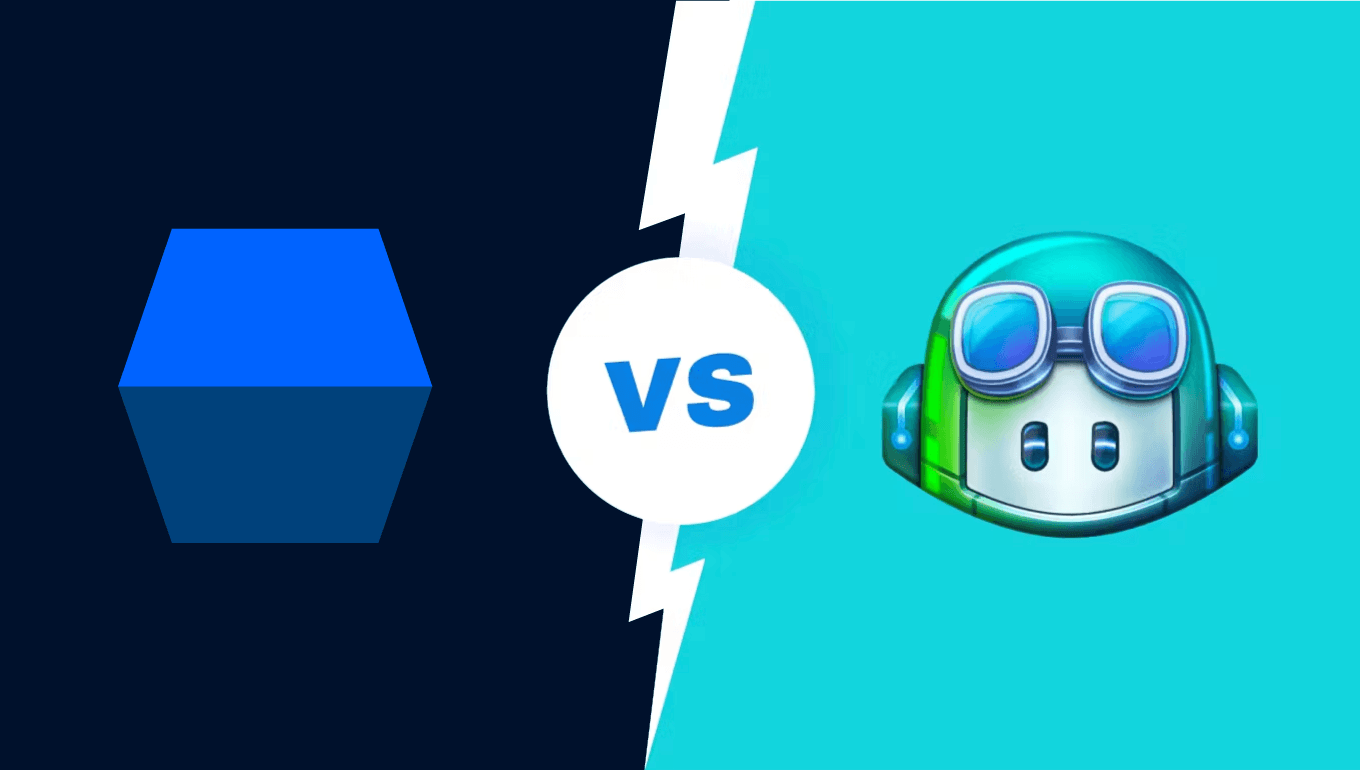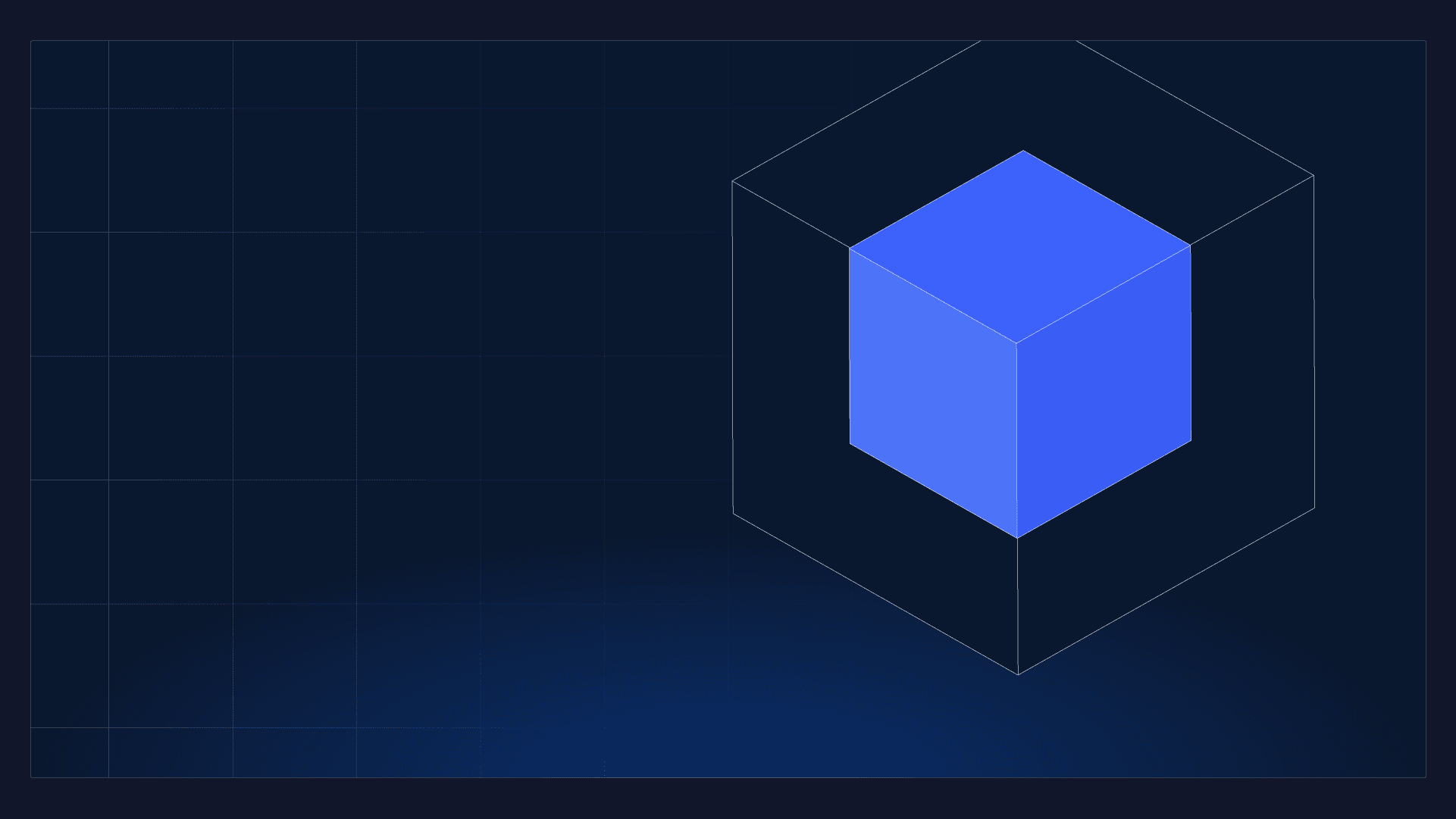Generative AI for Code tools like Diffblue Cover and GitHub Copilot can help developers do their jobs more quickly with less effort by synthesizing code. ChatGPT has made this kind of generative AI accessible to a broad general audience and served to make far more developers aware of it.
The biggest difference between Cover and Copilot is that Copilot is an interactive code suggestion tool for general code writing (Microsoft call it an ‘AI pair programmer’), whereas Diffblue Cover autonomously writes entire suites of fully-functioning unit tests without human help.
Copilot is designed to work with a human developer to deal with tedious and repetitive coding tasks like writing boilerplate and calling into “foreign lands” (3rd party APIs). While you can get Copilot to suggest a unit test for your code, you can’t point it at a million lines of code and come back in a few hours to tens of thousands of unit tests that all compile and run correctly – something you can do with Cover.
The other big difference is that Cover writes entire suites of unit tests necessary to maximize coverage – a major advantage in big modernization projects, for example – whereas Copilot will write one test and then require some “prompt engineering” to coax it into writing a different test, plus the time to edit the resulting suggestions and get them to compile and run properly.
Under the covers, generative AI for code tools fall into two basic categories: transformer-based Large Language Models (e.g. Copilot, ChatGPT), and reinforcement learning-based systems (e.g. Diffblue Cover).
Here’s a quick summary:
| Feature | GitHub Copilot | Diffblue Cover |
|---|---|---|
| AI approach | Large Language Model | Reinforcement Learning |
| Learning approach | Supervised (pre-trained); human refinement of results | Unsupervised (no pre-training required) |
| Training source | The internet | N/A |
| How it writes code | Suggests completions according to statistical model of coding patterns learned during training | Probabilistic search of the set of possible tests for a given program |
| Code-writing approach | Generates list of auto-completion suggestions based on input; developer chooses and edits | Analyzes program and then writes tests autonomously |
| Interactive usage | Describe code (signature) or start coding, click Copilot and choose best completion | Select method/class and click “Write tests” |
| Autonomous usage | Not possible | CLI to autonomously write tests for entire projects, plus fast incremental test generation for any PR (for use in CI) |
| Languages supported | C, C++, Java, Javascript, Go, Python and others | Java, with others coming |
| Generated code guaranteed to compile and run? | No | Yes |
| Delivery model | Cloud-based SaaS service integrated with IDE | Software installed into development environment |
| Minimum developer machine resources | Enough to run IDE and the dev environment. Model runs in the cloud. | 2 CPU cores and 16GB memory |
| IP indemnification of generated code | No | Yes in Teams and Enterprise licenses |
Copilot: Transformer-based code synthesis
Transformer models are now the default way we generate and reason about code. They use attention to weigh context across tokens so the model can decide what matters when predicting the next symbol or structure—useful for natural language and equally useful for source code, which is just another formal language with patterns the model can learn.
Transformers are deep learning models that incorporate the idea of attention, weighing the significance of the input data (e.g. what other words are next to the word, or whether the word is a verb, noun, adjective or other part of speech). They are very popular for natural language processing because they encode the significance of context to each part of the input text.
GitHub Copilot launched on OpenAI’s Codex (a GPT-3–class model fine-tuned on public code) and moved off Codex in 2023 as OpenAI retired the Codex API in favor of newer GPT-3.5/4-class models. Today, Copilot supports multiple models and lets you pick per task: completions currently default to a GPT-4.1–based “Copilot model,” while Copilot Chat/agent workflows can use newer options, including GPT-5 variants and GPT-5-Codex (a coding-optimized model) where available.
OpenAI released GPT-5 with noticeably better coding and reasoning performance and a much larger context window (up to ~400k tokens via API). There’s also GPT-5 mini/nano for faster/cheaper use cases, and “GPT-5-pro/Thinking” tiers for deeper reasoning. In practice, it writes longer, more consistent code, follows instructions more faithfully, and reduces hallucinations compared with GPT-4/4.1.
As of late August 2025, GitHub switched Copilot’s code completion to a GPT-4.1 Copilot model tuned on developer feedback (reinforcement learning for suggestion quality). For Copilot Chat and agentic workflows, GitHub has been rolling out GPT-5 and GPT-5-Codex options (GPT-5 mini broadly; GPT-5 and GPT-5-Codex where paid plans or previews apply). This is part of GitHub’s “developer choice” direction: use GPT-4.1 for fast, general work; step up to GPT-5/5-Codex for harder reasoning and multi-file edits.
GPT-5 is meaningfully less likely to hallucinate and better at telling you when it’s unsure, but generated code still needs review, tests, and security checks—especially for edge-cases, stateful logic, and performance-sensitive paths. Treat Copilot as an accelerator for drafts and refactors, not a replacement for engineering judgment.
When it comes to real-world code, we know from our own experience with Diffblue Cover that the context needed for a good test can be very large indeed.
For real-world systems, good tests depend on deep, cross-module context and correctly constructed state, things that can exceed GPT-5 and other LLM’s context/retrieval and require architectural intent. Autocomplete is table stakes, but creating high-quality, behaviorally correct tests and fixtures remains a tougher task where humans and specialized tools add the most value.
Diffblue Cover: Reinforcement learning code synthesis
Reinforcement learning is from a different branch of the AI tree: unsupervised learning. Instead of being pre-trained on example data, the learning happens in real time as the model seeks to find the best answer by searching the space of possible answers and following promising trajectories, and backtracking if things seem to be getting worse.
The algorithm is guided by a reward function that seeks to optimize the long-term reward. This is known as “probabilistic search” – a method where the space of potential solutions is sampled, and the algorithm then spends more time searching regions with a greater probability of a good solution.
Perhaps the best-known example of reinforcement learning is Google’s AlphaGo algorithm, where the search task is to find the best move in the game of Go. Reinforcement learning is a popular approach when the number of potential solutions (move sequences, in the case of Go) is so large that an exhaustive search is unfeasible. With Go, there are more potential moves than atoms in the known universe, so to find a good move requires a probabilistic approach.
In AlphaGo, two neural networks are used to predict the next best move and who will win the game. The game winning prediction is used for the reward function, and the prediction of the best move is used to decide what moves to evaluate. The algorithm then repeats the process to maximize the game win probability.
Diffblue Cover also uses probabilistic search, but it doesn’t need to use neural networks to make predictions. To write a unit test, the algorithm evaluates existing code and from that guesses at what a good test would be. It then runs it against the method under test. It evaluates the line coverage (how much of the code the test exercises) and other qualities of the test, and then predicts which changes to the test will trigger additional branches to produce higher coverage. Then it repeats these steps until it has found the best test in the time available (it’s time-bound).
The return value(s) of the method and any side effects that were observed are used to write assertions on the test’s behavior – because it’s no good having good code coverage if the tests don’t check what the code does. The result is a test that is known to work (we ran it) and to produce specific coverage and assertions.
Probabilistic searches cannot guarantee they will find the best solution – or any solution – because by design they don’t evaluate every possible case. In contrast with generative transformers, you don’t get gibberish or an incorrect result in that situation: you know when you’ve failed (!) This makes it suitable for fully automated test-writing because it won’t write gibberish tests that cause your pipeline to fail.
Cover also won’t find a test when the code is untestable – when neither a developer nor a machine could write one. Perhaps the simplest examples are private methods that can’t be called, so they can’t be tested. In general, very complex code becomes untestable because it’s very hard to find the right collection of coherent state that will result in the code running normally. This is a challenge for a human too, and oftentimes such code doesn’t have good unit tests, instead relying on integration tests or end-to-end functional testing. Diffblue uses an application recording approach to feed the reinforcement learning loop in this situation.
Conclusion
Any seasoned development manager has seen developer productivity tools come and go. There are plenty of templating tools out there that claim to increase developer productivity by producing skeleton code, but that they are not widely used suggests the improvement is not enough to justify the extra work they require. More focused autocompletion tooling that removes the drudgery and requirement to look up method signatures (e.g. in IntelliJ and VS Code) is very widely used.
The net? Use AI-based dev tools for what they’re good at rather than seeing them as general purpose solutions. In the case of Copilot, that is autocompletions based on good context for straightforward code in a variety of languages. Cover meanwhile, is specifically designed to write unit tests at scale in a way that can be directly integrated into CI to dramatically reduce developer time spent writing unit tests. Why not give it a try?
This article was updated in October 2025 to reflect developments in the generative AI for code space.







